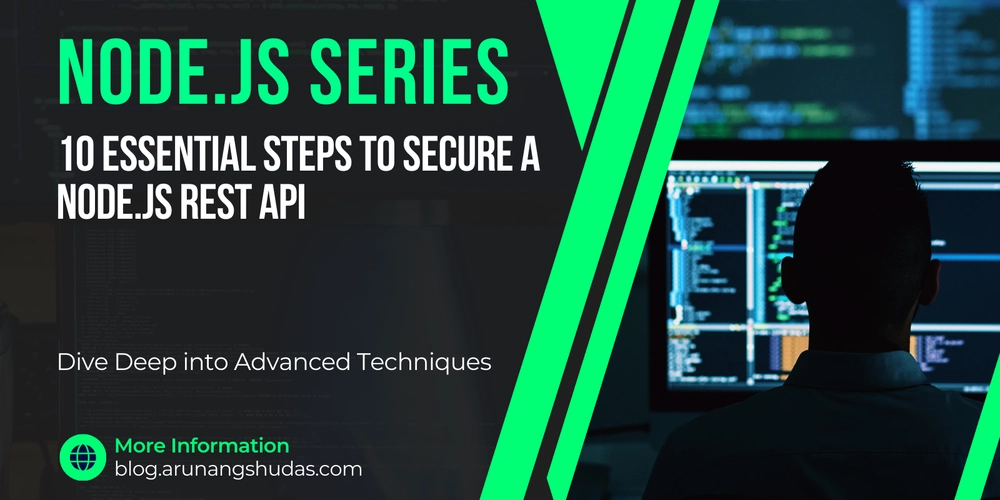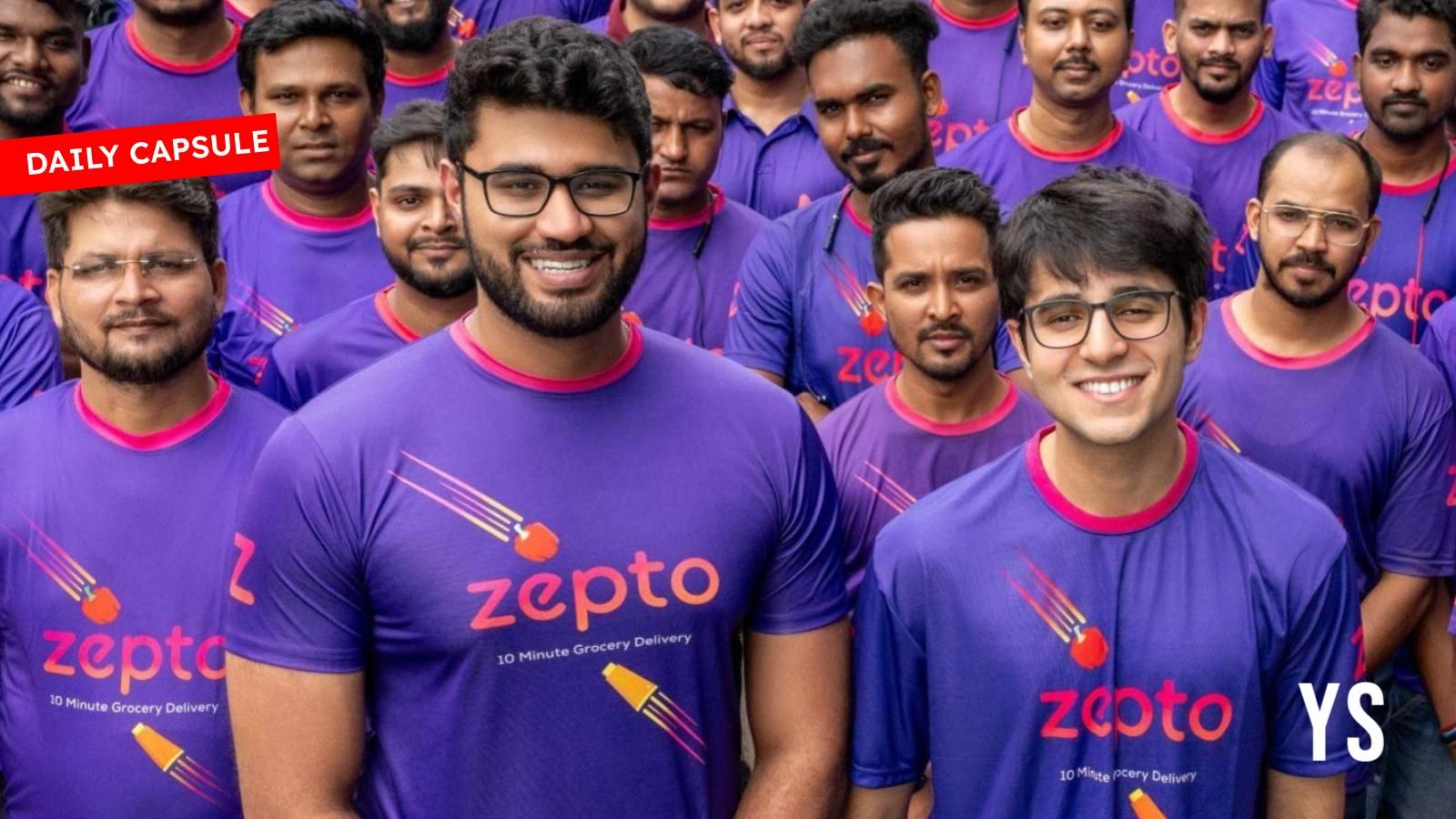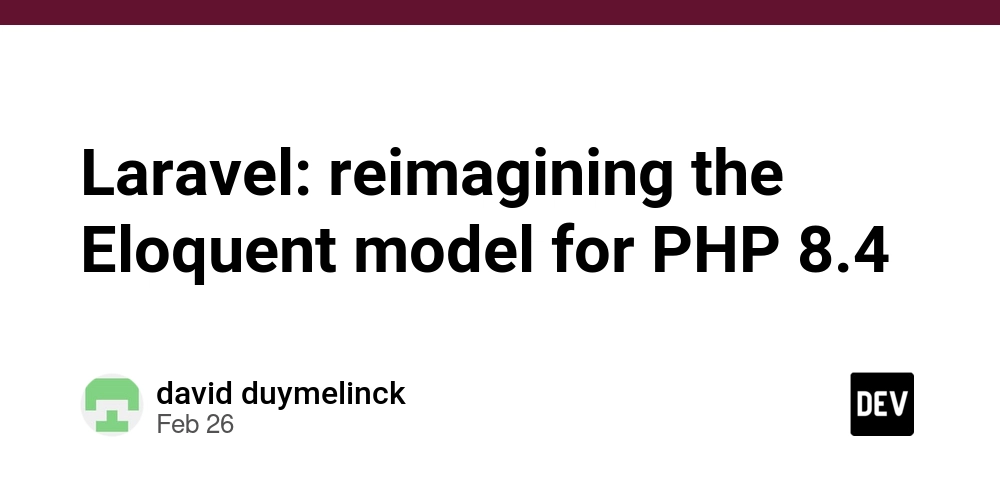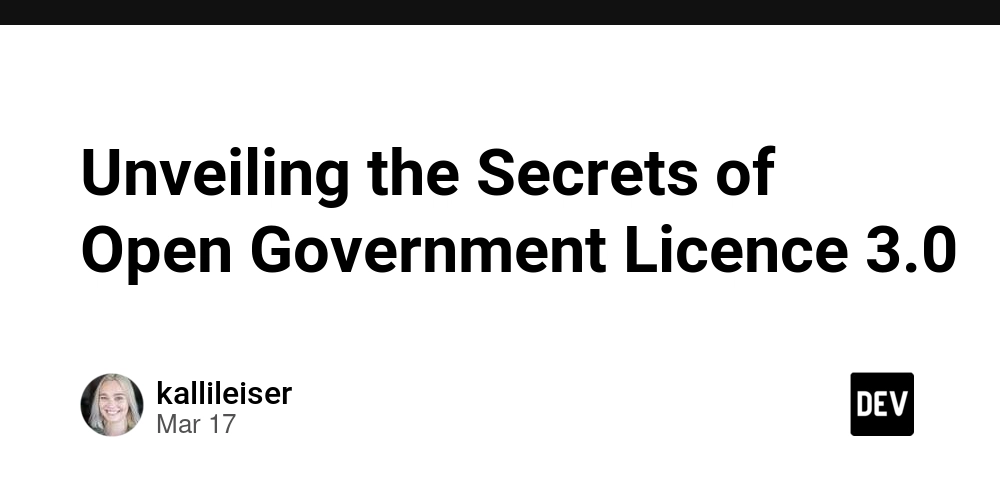"Unlocking Image Editing: The Power of CoLan and AI in Visual Semantics"
In a world where visuals reign supreme, the art of image editing has evolved into an intricate dance between creativity and technology. Are you struggling to make your images stand out in a sea of content? Do you find yourself overwhelmed by complex editing tools that promise perfection but deliver frustration instead? Enter CoLan and AI—two groundbreaking forces poised to revolutionize how we approach visual semantics in image editing. This blog will guide you through the transformative power these technologies wield, unlocking new realms of possibility for both seasoned professionals and budding creators alike. Imagine effortlessly enhancing your photos with intuitive features that understand not just pixels, but also context and meaning! With CoLan's innovative capabilities combined with cutting-edge AI techniques, you'll discover how to elevate your visuals from ordinary to extraordinary while saving time and effort. Join us as we delve into real-world applications that showcase this dynamic duo’s potential, explore future trends shaping the industry, and empower yourself with knowledge that can redefine your creative journey. Get ready to unleash the full spectrum of your imagination! Introduction to CoLan and AI in Image Editing The Concept Lancet (CoLan) framework revolutionizes image editing by leveraging diffusion models for precise concept manipulation. It underscores the significance of grounded concept vectors, which enhance visual semantics in image processing. By decomposing source representations and creating a comprehensive concept dictionary, CoLan enables sparse decomposition that facilitates accurate editing outcomes. The evaluation of methods equipped with CoLan reveals notable improvements in both effectiveness and consistency preservation during edits. Key Features of CoLan CoLan's architecture supports various backbones and inversion techniques tailored for diverse image editing tasks. Its ability to analyze concepts meticulously allows users to manipulate images with unprecedented accuracy while maintaining the integrity of original visuals. This innovative approach not only enhances traditional tools but also sets a new standard for future developments in AI-driven image editing technologies. Moreover, the paper references significant advancements within text-to-image generation frameworks, showcasing how these methodologies integrate seamlessly into contemporary practices. As researchers continue exploring neuro-symbolic AI and interpretable diffusion latent directions, the potential applications extend beyond mere aesthetics—impacting content creation across multiple platforms such as blogs, videos, and infographics. In summary, CoLan represents a substantial leap forward in harnessing artificial intelligence for sophisticated image manipulation tasks while addressing critical challenges faced by existing systems. Understanding Visual Semantics Visual semantics is a crucial aspect of image editing, particularly in the context of advanced frameworks like CoLan. This framework utilizes diffusion models to manipulate visual concepts effectively. Grounded concept vectors play an essential role in ensuring that the manipulation aligns with intended meanings and representations within images. By decomposing source representations into manageable components, CoLan facilitates precise edits through sparse decomposition techniques, allowing for accurate representation manipulation. Concept Dictionary Creation and Evaluation The creation of a concept dictionary enhances the efficiency of image editing processes by providing a structured reference for various visual elements. Evaluating methods equipped with CoLan reveals significant improvements in both effectiveness and consistency preservation during edits. These advancements are supported by rigorous testing against traditional approaches, showcasing how grounded semantic understanding can elevate image processing capabilities across diverse applications—from artistic endeavors to commercial use cases—ultimately enriching user experience and engagement with digital content.# How CoLan Transforms Image Editing CoLan, or Concept Lancet, revolutionizes image editing by leveraging diffusion models for enhanced visual semantics. This framework emphasizes accurate concept manipulation through grounded concept vectors, allowing for precise representation and analysis of images. By decomposing source representations and creating a robust concept dictionary, CoLan facilitates sparse decomposition that leads to targeted edits without compromising the integrity of the original image. Key Features of CoLan The effectiveness of CoLan is evident in its ability to improve editing performance while preserving consistency across edited outputs. Various backbones and inversion approaches are explored within this framework, showcasing how it adapts to different editing needs. The integration of advanced techniques such as interpretable diffu

In a world where visuals reign supreme, the art of image editing has evolved into an intricate dance between creativity and technology. Are you struggling to make your images stand out in a sea of content? Do you find yourself overwhelmed by complex editing tools that promise perfection but deliver frustration instead? Enter CoLan and AI—two groundbreaking forces poised to revolutionize how we approach visual semantics in image editing. This blog will guide you through the transformative power these technologies wield, unlocking new realms of possibility for both seasoned professionals and budding creators alike. Imagine effortlessly enhancing your photos with intuitive features that understand not just pixels, but also context and meaning! With CoLan's innovative capabilities combined with cutting-edge AI techniques, you'll discover how to elevate your visuals from ordinary to extraordinary while saving time and effort. Join us as we delve into real-world applications that showcase this dynamic duo’s potential, explore future trends shaping the industry, and empower yourself with knowledge that can redefine your creative journey. Get ready to unleash the full spectrum of your imagination!
Introduction to CoLan and AI in Image Editing
The Concept Lancet (CoLan) framework revolutionizes image editing by leveraging diffusion models for precise concept manipulation. It underscores the significance of grounded concept vectors, which enhance visual semantics in image processing. By decomposing source representations and creating a comprehensive concept dictionary, CoLan enables sparse decomposition that facilitates accurate editing outcomes. The evaluation of methods equipped with CoLan reveals notable improvements in both effectiveness and consistency preservation during edits.
Key Features of CoLan
CoLan's architecture supports various backbones and inversion techniques tailored for diverse image editing tasks. Its ability to analyze concepts meticulously allows users to manipulate images with unprecedented accuracy while maintaining the integrity of original visuals. This innovative approach not only enhances traditional tools but also sets a new standard for future developments in AI-driven image editing technologies.
Moreover, the paper references significant advancements within text-to-image generation frameworks, showcasing how these methodologies integrate seamlessly into contemporary practices. As researchers continue exploring neuro-symbolic AI and interpretable diffusion latent directions, the potential applications extend beyond mere aesthetics—impacting content creation across multiple platforms such as blogs, videos, and infographics.
In summary, CoLan represents a substantial leap forward in harnessing artificial intelligence for sophisticated image manipulation tasks while addressing critical challenges faced by existing systems.
Understanding Visual Semantics
Visual semantics is a crucial aspect of image editing, particularly in the context of advanced frameworks like CoLan. This framework utilizes diffusion models to manipulate visual concepts effectively. Grounded concept vectors play an essential role in ensuring that the manipulation aligns with intended meanings and representations within images. By decomposing source representations into manageable components, CoLan facilitates precise edits through sparse decomposition techniques, allowing for accurate representation manipulation.
Concept Dictionary Creation and Evaluation
The creation of a concept dictionary enhances the efficiency of image editing processes by providing a structured reference for various visual elements. Evaluating methods equipped with CoLan reveals significant improvements in both effectiveness and consistency preservation during edits. These advancements are supported by rigorous testing against traditional approaches, showcasing how grounded semantic understanding can elevate image processing capabilities across diverse applications—from artistic endeavors to commercial use cases—ultimately enriching user experience and engagement with digital content.# How CoLan Transforms Image Editing
CoLan, or Concept Lancet, revolutionizes image editing by leveraging diffusion models for enhanced visual semantics. This framework emphasizes accurate concept manipulation through grounded concept vectors, allowing for precise representation and analysis of images. By decomposing source representations and creating a robust concept dictionary, CoLan facilitates sparse decomposition that leads to targeted edits without compromising the integrity of the original image.
Key Features of CoLan
The effectiveness of CoLan is evident in its ability to improve editing performance while preserving consistency across edited outputs. Various backbones and inversion approaches are explored within this framework, showcasing how it adapts to different editing needs. The integration of advanced techniques such as interpretable diffusion latent directions further enhances its capabilities in generating high-quality edited images. As a result, content creators can utilize these tools not only for artistic purposes but also for practical applications like marketing and education where visual accuracy is paramount.
AI Techniques for Enhanced Visuals
The CoLan framework revolutionizes image editing by leveraging diffusion models to enhance visual semantics. By focusing on accurate concept manipulation, it allows for the decomposition of source representations into a structured concept dictionary. This enables sparse decomposition, which is crucial for precise editing and maintaining consistency in edited images. The effectiveness of CoLan lies in its ability to analyze concepts deeply and manipulate representations efficiently, thereby improving traditional image editing tools.
Key Features of CoLan
CoLan employs various backbones and inversion techniques that contribute significantly to its performance. It not only enhances the quality of edits but also preserves the integrity of original visuals during transformations. The integration with text-driven models further expands its capabilities, allowing users to generate high-quality images from textual descriptions seamlessly. As advancements continue in this domain, understanding these AI techniques will be essential for creators aiming to produce compelling content across multiple platforms like blogs and videos while ensuring accuracy and engagement through enhanced visuals.
Real-World Applications of CoLan and AI
CoLan's framework for image editing using diffusion models has significant real-world applications across various industries. In the realm of digital marketing, brands can leverage CoLan to create visually compelling advertisements that resonate with target audiences by manipulating concepts in images effectively. This capability allows marketers to tailor visuals according to consumer preferences, enhancing engagement rates.
In the field of entertainment, filmmakers and game developers utilize CoLan for advanced visual effects and character design. By employing accurate concept manipulation, creators can generate unique imagery that aligns with their narrative vision while maintaining consistency throughout production phases. Additionally, artists benefit from CoLan’s ability to facilitate creative expression through precise representation manipulation.
Enhancing Educational Tools
Educational platforms are also integrating CoLan technology into interactive learning materials. By providing students with dynamically edited visuals based on conceptual understanding, educators can enhance comprehension and retention of complex subjects like science or history. The adaptability offered by this framework ensures that educational content remains relevant and engaging.
Overall, the integration of CoLan within these sectors demonstrates its versatility in improving visual communication strategies while fostering innovation in content creation methodologies.
Future Trends in Image Editing Technology
The future of image editing technology is poised for significant transformation, primarily driven by advancements like the CoLan framework. This innovative approach utilizes diffusion models to enhance concept manipulation within images, allowing for more precise and effective edits. The decomposition of source representations into a comprehensive concept dictionary enables users to engage in sparse decomposition techniques that yield targeted alterations while preserving visual consistency. As AI continues to evolve, we can expect further integration of neuro-symbolic AI and interpretable diffusion latent directions, which will refine text-to-image generation capabilities.
Advancements on the Horizon
Emerging trends suggest an increasing reliance on machine learning algorithms capable of understanding complex visual semantics. These developments promise not only improved accuracy but also greater accessibility for non-experts in image editing tools. Furthermore, as societal impacts become more pronounced with advanced technologies, ethical considerations surrounding content creation will likely shape regulatory frameworks governing these innovations. Enhanced collaboration between human creativity and AI-driven processes may redefine artistic expression across various media formats—ranging from digital art to marketing materials—creating new opportunities for engagement and storytelling through visuals.
By harnessing the power of sophisticated frameworks like CoLan alongside evolving neural network architectures such as MASS, we stand at the brink of a new era where image editing becomes increasingly intuitive and powerful.
In conclusion, the integration of CoLan and AI in image editing represents a significant leap forward in how we understand and manipulate visual semantics. By harnessing advanced algorithms and machine learning techniques, CoLan not only simplifies the editing process but also enhances our ability to create visually compelling content that resonates with audiences. The understanding of visual semantics allows creators to convey messages more effectively through imagery, making it essential for marketers, designers, and artists alike. As we explore real-world applications—from social media marketing to professional photography—the transformative power of these technologies becomes evident. Looking ahead, trends suggest an even greater fusion of AI capabilities with user-friendly interfaces will redefine creativity in image editing. Embracing these innovations will empower individuals and businesses to unlock new levels of artistic expression while streamlining workflows for maximum efficiency.
FAQs about "Unlocking Image Editing: The Power of CoLan and AI in Visual Semantics"
1. What is CoLan, and how does it relate to image editing?
CoLan is a cutting-edge tool that integrates with artificial intelligence (AI) to enhance the process of image editing. It focuses on visual semantics, allowing users to manipulate images based on their content rather than just pixel adjustments. This makes the editing process more intuitive and efficient.
2. What are visual semantics in the context of image editing?
Visual semantics refers to the meaning or interpretation behind visual elements within an image. In image editing, understanding these meanings allows for more meaningful edits that align with the intended message or emotion conveyed by an image, enhancing overall communication through visuals.
3. How does CoLan transform traditional methods of image editing?
CoLan transforms traditional methods by leveraging AI algorithms that understand context and content within images. Instead of relying solely on manual adjustments, users can make changes based on semantic understanding—such as altering emotions or themes—leading to quicker and more impactful results.
4. What AI techniques are utilized for enhanced visuals in CoLan?
CoLan employs various AI techniques such as machine learning algorithms for pattern recognition, neural networks for style transfer, and natural language processing (NLP) for interpreting user commands related to imagery. These technologies work together to produce high-quality edits tailored to specific requirements.
5. What future trends can we expect in image editing technology involving CoLan and AI?
Future trends may include even greater integration of real-time collaboration tools powered by AI, advanced automation features that predict user needs during edits, improved personalization options based on user behavior analysis, and enhanced capabilities for creating immersive experiences through augmented reality (AR) applications linked with visual semantics.






















































.jpg)
%20Abstract%20Background%20112024%20SOURCE%20Amazon.jpg)



















































































































![[The AI Show Episode 142]: ChatGPT’s New Image Generator, Studio Ghibli Craze and Backlash, Gemini 2.5, OpenAI Academy, 4o Updates, Vibe Marketing & xAI Acquires X](https://www.marketingaiinstitute.com/hubfs/ep%20142%20cover.png)
































































































































![From drop-out to software architect with Jason Lengstorf [Podcast #167]](https://cdn.hashnode.com/res/hashnode/image/upload/v1743796461357/f3d19cd7-e6f5-4d7c-8bfc-eb974bc8da68.png?#)





































































































.png?#)





.jpg?#)
































_Christophe_Coat_Alamy.jpg?#)











































































































![Rapidus in Talks With Apple as It Accelerates Toward 2nm Chip Production [Report]](https://www.iclarified.com/images/news/96937/96937/96937-640.jpg)











































































































































